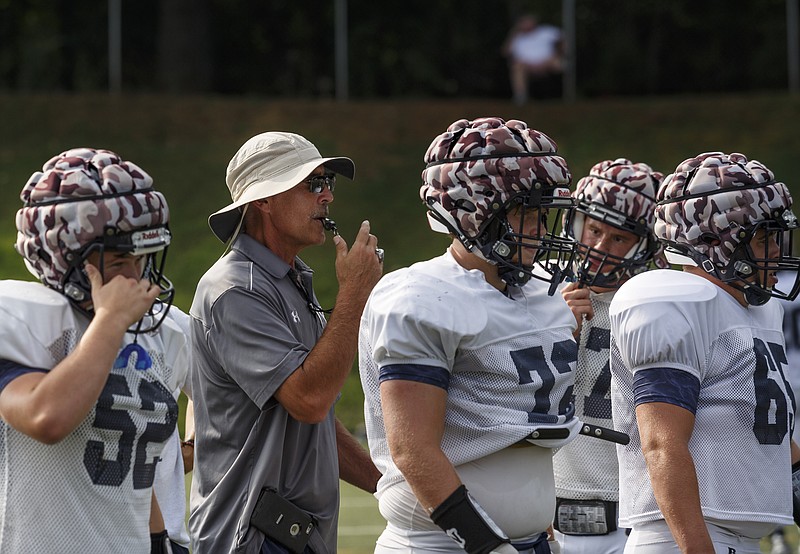New guidance on concussions shows there isn't enough solid evidence to answer some of parents' most burning questions about contact sports. That includes what age is safest to start playing them.
Pediatric experts in sports medicine, neurology and related fields evaluated and rated three decades of sports concussion-related research. They say recent evidence filled in some blanks. Such as:
-- Teen girls face higher risks than boys for concussions when playing the same sport by the same rules
-- Hockey body checking bans reduce concussions in players under 13
-- Limiting contact in youth tackle football results in fewer head impacts.
"Parents worry, 'Is one concussion to my child going to result in him having dementia at age 50?'" said lead author, Dr. Frederick Rivara. "And the data are pretty clear that the answer is no."
But it remains uncertain how many concussions are too many, when to call it quits, and what are the long-term consequences of multiple concussions in youth sports. Still, parents shouldn't let the unknowns and undue fears keep kids from playing sports, he said.
"The last thing we want to tell kids is not to be active," said Rivara, a pediatrician and injury prevention researcher at the University of Washington's medical school.
The panel's consensus statement was published online Monday in the journal JAMA Pediatrics.
Among the conclusions:
-- Kids should be taught collision techniques before beginning play in contact sports.
-- There is not conclusive evidence that younger children face higher risks for getting sports-related concussions.
-- Evidence is inconclusive on whether multiple childhood concussions are linked with long-term neurological changes
-- Technology that measures head impact exposure, and advanced brain imaging techniques, are both experimental and not ready for use.
-- Helmets should be worn in high-impact sports though there's little or no evidence that headgear prevents concussion in rugby and soccer.
Also called mild traumatic brain injury, concussions are caused by a bump or jolt to the head. The impact causes the brain to bounce or twist, potentially damaging brain cells. Repeated concussions have been linked with a debilitating brain disease found in autopsies on some retired football players.
More awareness of the potential dangers of concussions has led to more reporting but there's no evidence that there has been a true increase, said Dr. Cynthia LaBella, a panel member from Chicago's Lurie Children's Hospital.
LaBella emphasized that concussions can happen in all recreational activities and said the physical, mental and social benefits of playing organized sports outweigh the risks of any injury, including concussions.
